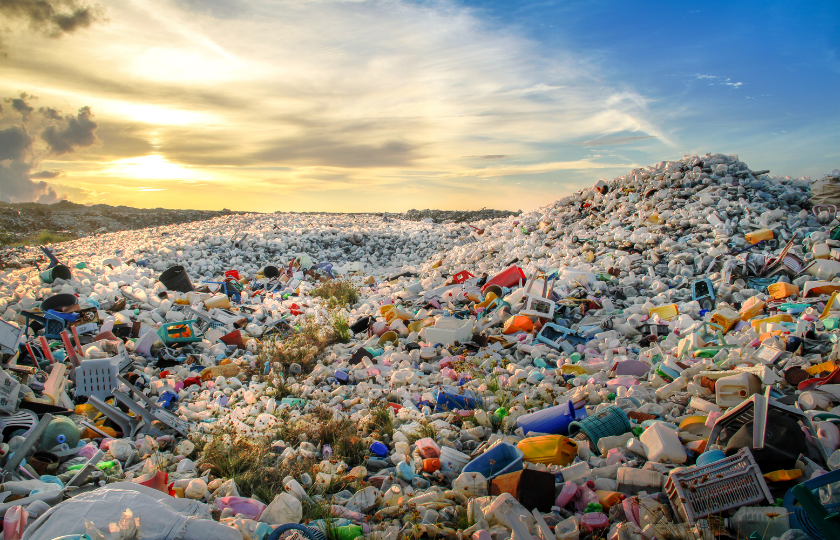Recycling is the most common way to cut down on plastic waste, but worldwide less than 10 per cent of all plastic has been recycled.
The most popular method for disposing of plastic aside from throwing it in landfills is to burn it – which is costly, energy-intensive, and gives off toxic gas in our atmosphere.
Biological solutions take less energy, and research into using enzymes to decompose plastic has advanced during past years. However, no one had figured out how to produce portable, scalable enzymes that could operate efficiently at low temperatures – until now.
Engineers and scientists from The University of Texas (UT) have developed a plastic-eating enzyme that can break down plastic waste that usually takes hundreds of years to degrade in just a matter of hours.
The research, published in Nature, is a potential solution to one of the world’s most pressing environmental problems: what to do with the tonnes of plastic waste piling up in landfills and polluting natural lands and waters.
According to the study, the plastic-eating enzyme has the potential to amplify recycling on a large scale that would allow industries to reduce their environmental impact by reusing plastics at the molecular level. It can also perform the process at less than 50 degrees Celsius.
“The possibilities are endless across industries to leverage this leading-edge recycling process,” said Hal Alper, professor in the McKetta Department of Chemical Engineering at UT.
“Beyond the obvious waste management industry, this also provides corporations from every sector the opportunity to take the lead in recycling their products. We can begin to envision a true circular plastics economy.”
The project focuses on PET (polyethylene terephthalate), one of the most common polymers in most consumer goods, including food packs, sod bottles, and even certain textiles. The polymer makes up 12 per cent of all global waste.
To biodegrade the plastic, the enzyme performs a circular process where it breaks down the material into smaller pieces (depolymerisation) and then chemically puts it back together (polymerisation).
The team is looking to scale the plastic-eating enzyme production to prepare for industrial and environmental applications. They have also filed a patent application for the technology for different uses such as cleaning up landfills, greening high waste-producing industries, and environmental remediation.
“When considering environmental cleanup applications, you need an enzyme that can work in the environment at ambient temperature. This requirement is where our tech has a huge advantage in the future,” Alper added.



